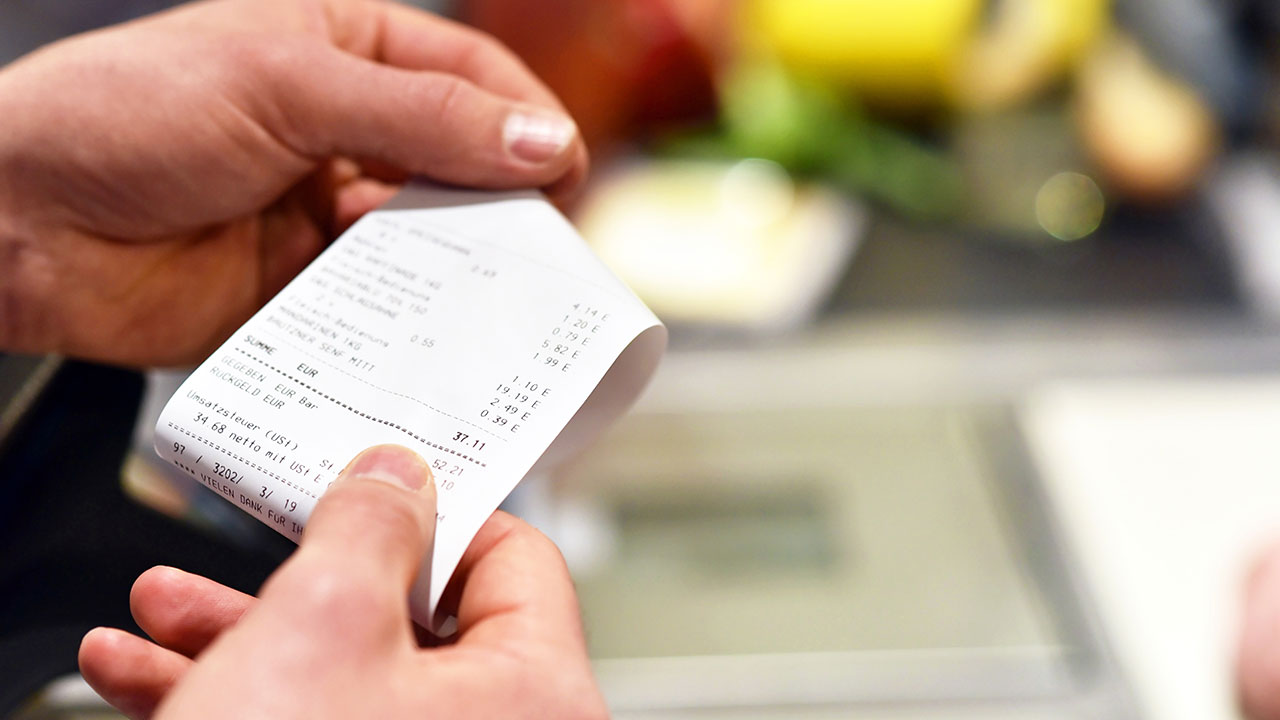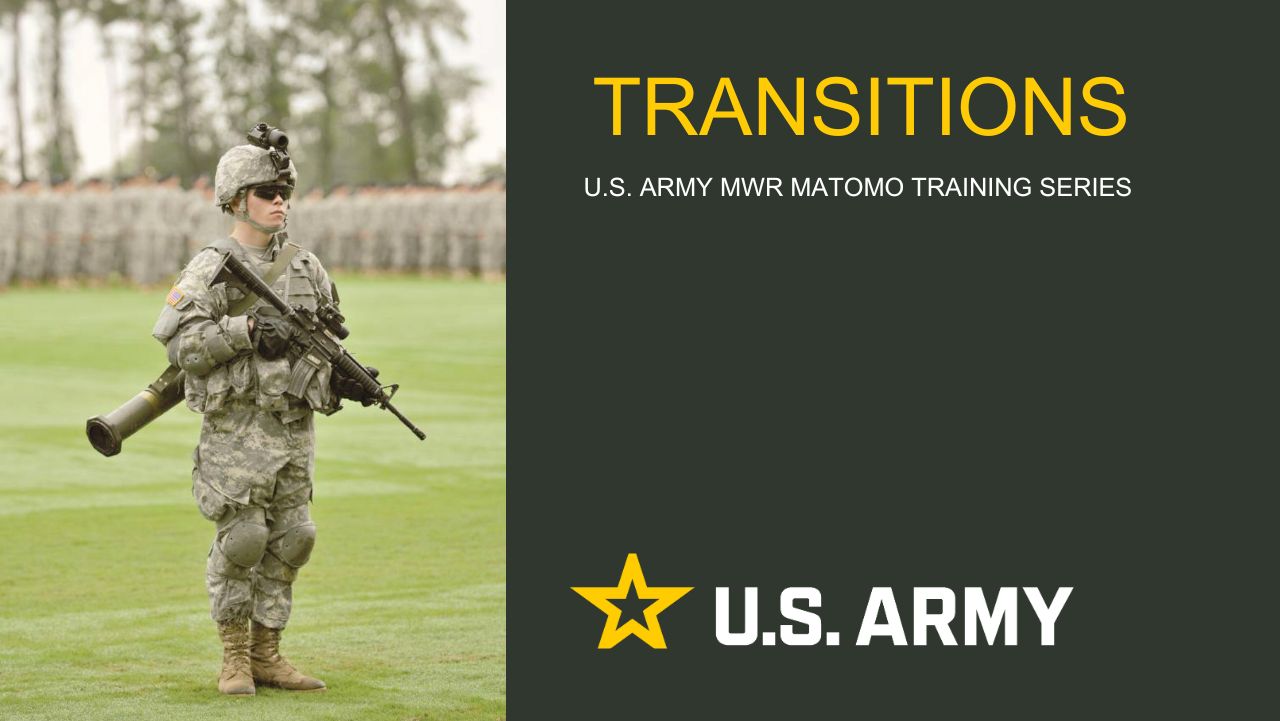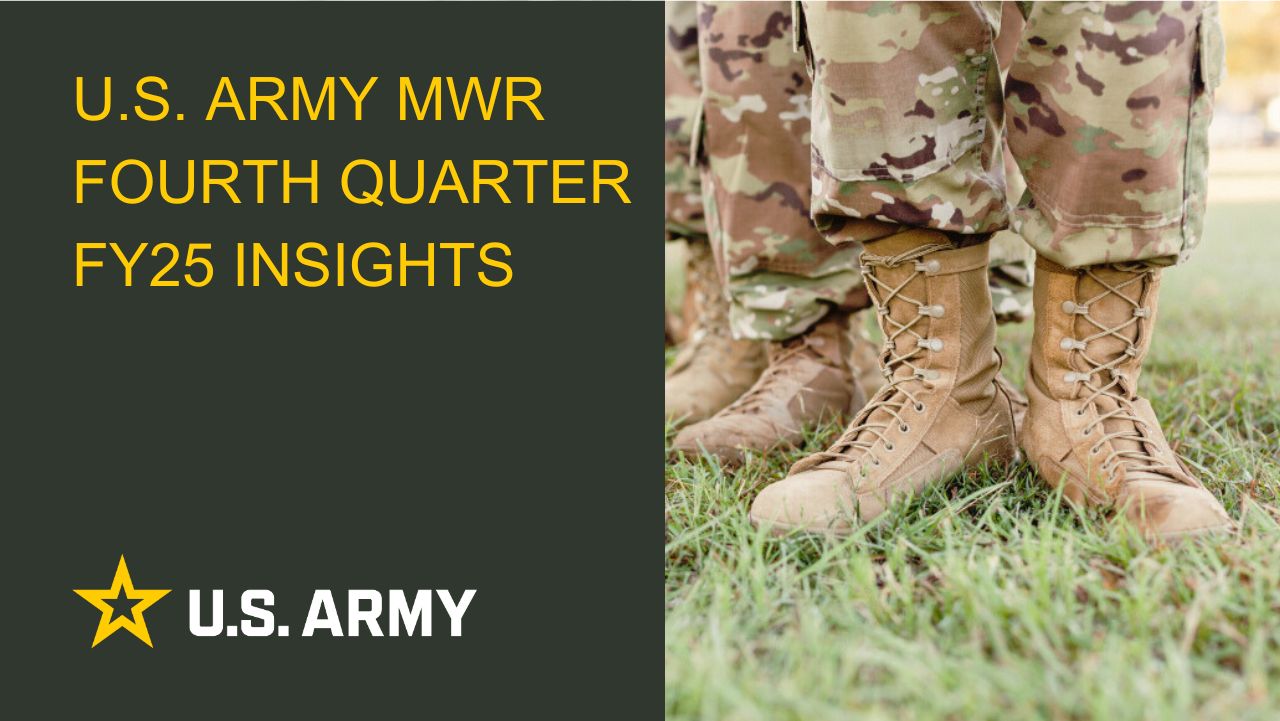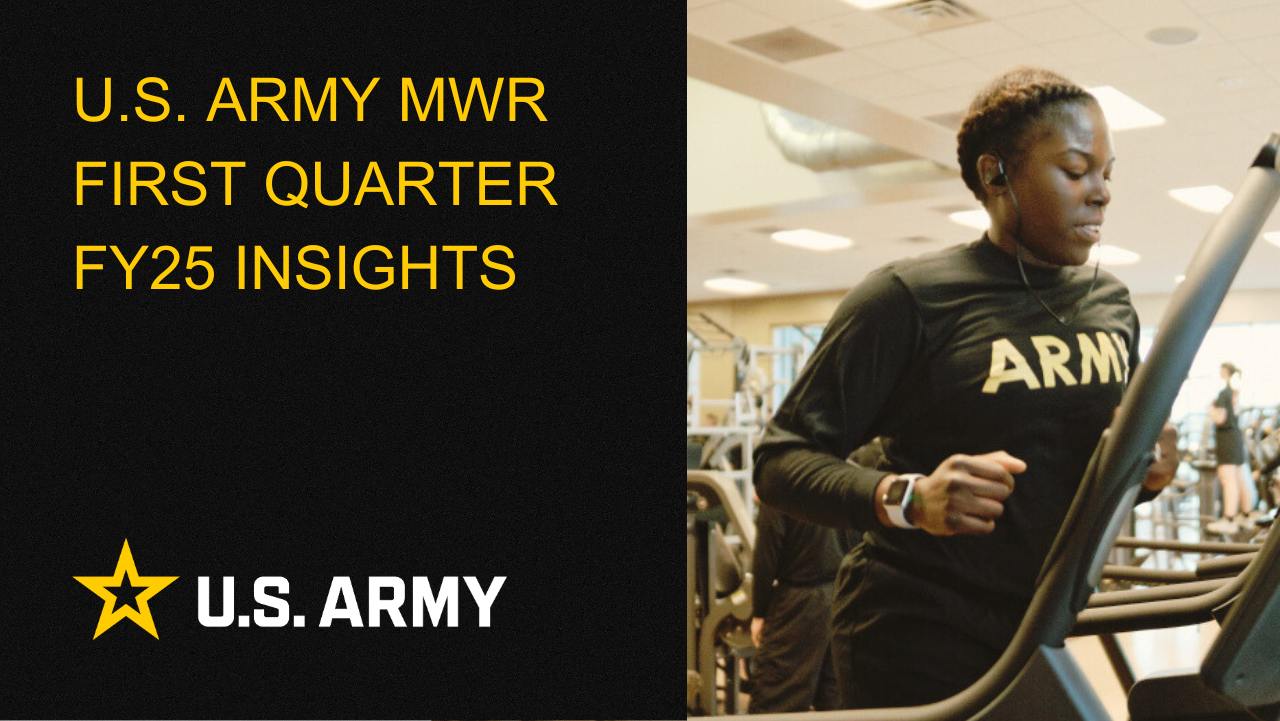NIBD / Sales Mix Pricing Methodology

Why Use the NIBD / Sales Mix Pricing Methodology
Army MWR business activities have been employing the COG Method of Pricing, which is where the invoice price of the liquor and garnish is divided by the desired COG%. The COG Method is good for developing a quick starting point to what the final Sales price should be. However, there may be many faults with this method.
The NIBD/Sales Mix Pricing Methodology more accurately represents the reality of business. For example, selling a well drink and premium call drink will cost essentially the same Labor Cost; since it does not take any longer to pour from the different bottles. The NIBD/Sales Mix Pricing Methodology captures this relationship accurately by assigning a fixed labor cost to each drink. The COG Method assumes the labor percent will stay consistent; i.e. 40% Labor is $0.80 on a $2 drink and a $1.60 on a $4 drink.
Another factor to consider is having a lower COG% does not equate to maximizing bar profits. Premium Call drinks will normally have a higher COG%; yet, they result in the most profit per drink. The NIBD/Sales Mix Pricing Methodology allows the user to see this relationship and adjust their sale’s strategy accordingly (See Bartender / Wait Staff Scripts).
Note: Specialty Drinks are not addressed with this pricing methodology and need to be priced specifically to how they are prepared.
How to Use the Worksheet
There are only 8 different types of raw data needed. Each of these input areas have a corresponding instruction / example. These instructions are color coded to allow for easier association between the data input area and its corresponding block of instruction. The types of data needed are as follows:
- Invoice Price per Bottle (Landed Cost)
- Number of ounces in that bottle
- Sales Mix (estimated) within a specific type of liquor category [Well, Call or Premium Call]
- Sales Mix across all 8 liquor types (See Sales Mix Data Calculations)
- Average Cost of Garnish / Mixer
- Number of Drinks Sold
- Cost of Labor
- Cost of Other Operating Expenses
Once this information is put into the spreadsheet, the desired NIBD % for each tier needs to be entered in the results section. Changing these percentages will automatically update the Sales prices and other financial information. It is important to note, at this point, the relationships between the calculated NIBD %, COG % and Labor %. The realism of these relationships is where this pricing methodology is far superior to the COG Pricing Method.
Now that the Sales prices are calculated, it is time to see what happens if they are adjusted. Manually adjusting the Sales prices in the following section will show how the financial information would be affected. This is a great way to show Leadership how their request for price changes will affect the NIBD.
Other Uses
This spreadsheet can continue to be used after prices are established. First, put the established Sales prices in the ‘manually Sales price entry’ section. After this, different pieces of data can be modified to see how it will affect the financial information. The following is one of many different uses:
A unit deploys and sales are expected to drop by 35%. Assume labor and OOE are fixed due to already being at staffing minimums. By lowering the number in ‘Number of Drinks Sold’ by 35%, the labor % and OOE% increases per drink; even though, the actual dollar value of these numbers is the same. The most important thing to note; however, is the substantial drop in profit per drink and NIBD %.
Sales Mix Data Calculations
This is a relatively easy methodology to use; once the sales mix data is calculated. Activities utilizing an automated POS system, like Mircros or RecTrac, should be able to easily acquire this information directly from the POS. Those activities without this information will need to pull and tally the daily inventory sheets over a sufficient time period (a minimum of 1 month) to accurately reflect the average bar sales. The sales mix percentage is then calculated with the following formula:
(# of vodka drinks sold) / (# of total liquor drinks sold)
This calculation will need to be done for each of the eight types of liquor; with the ‘# of total liquor drinks sold’ being the same for all eight calculations. An error in calculation has occurred if the sum of these 8 percentages does not equal 100%. These percentages are very important to this method of pricing and should be as accurate as possible. Note: These percentages should be based on number of drinks sold and not dollar value of drinks sold.









